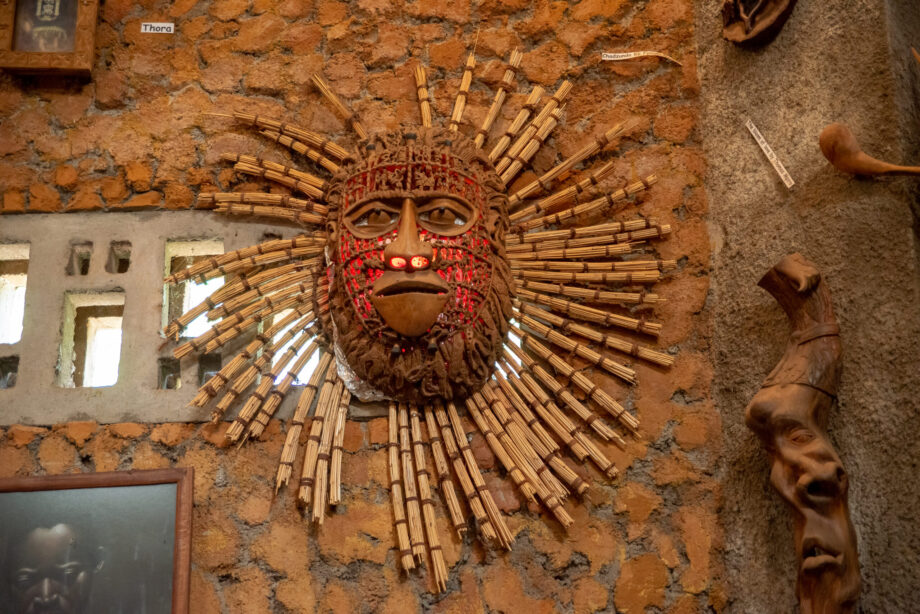As Malawi looks to tourism as a key driver of economic transformation, it is time to rethink how the sector benefits rural communities. Can a Japanese model hold the answer?
Tourism is hailed as one of Malawi’s greatest economic opportunities—yet for many rural communities living near areas of touristic interest such as national parks and lakeside resorts, poverty remains a daily reality. Over 80% of Malawi’s tourism attractions are located in rural areas, where more than 60% of the population lives below the international poverty line, according to the World Bank.
This paradox raises a crucial question: If tourism generates and distributes wealth, why are the people living closest to Malawi’s natural treasures still so poor?
The Disparity at the Heart of Tourism
While visitors enjoy high-end lodges and guided safaris, local residents often lack access to basic services like clean water, healthcare, and quality education. Though some tourism operators support communities through Corporate Social Responsibility (CSR) programs, such as school funding, skills training, or clinic construction, these initiatives are often short-term and limited in scope. The people who live near these attractions are not just neighbors; they are the custodians of Malawi’s natural heritage, yet they see little of the income that flows through the lodges and reserves.
A Model That Works: Japan’s “Michi-no-Eki”
To address these inequalities, tourism advocates are looking abroad for ideas—particularly to Japan’s successful “Michi-no-Eki” concept. First launched in 1993, Michi-no-Eki (meaning “roadside station”) are multifunctional rest stops offering travelers clean facilities, local goods, and regional information. But they are much more than gas station conveniences: these stations have become economic engines for rural Japan.
According to Japanese economist Fujita Masahisa, the success of Michi-no-Eki lies in its community-centered approach. Products are designed, made, and sold by locals, keeping profits in the village. The stations often include healthcare clinics, training centers, and cultural exhibitions—making them true hubs of rural revitalization.
Today, Japan has over 1,200 Michi-no-Eki, and the concept is spreading fast across Asia and into East Africa, with countries like Kenya, Uganda, and Rwanda adopting similar models.
A Vision for Malawi’s Future
The idea is simple but powerful: repurpose Malawi’s tourism stops and rural towns as community-driven economic centers. And the timing couldn’t be better.
The Malawi 2063 development blueprint and the National Tourism Investment Masterplan both prioritize infrastructure and local participation in tourism. Projects like a visitor center in Zomba, a lake activity hub in Monkey Bay, and craft markets along the Shire River could all be enhanced—or reimagined—using the Michi-no-Eki model.
Malawi also has a Public-Private Partnership (PPP) legal framework ready to support such investment. The building blocks are in place; what’s needed now is commitment.
From Poverty to Prosperity
Rethinking tourism means bringing communities into the tourism value chain. That includes:
- Enabling local farmers and artisans to supply tourist lodges.
- Training youth and women in hospitality, digital marketing, and entrepreneurship.
- Creating shared ownership or profit-sharing models for tourism businesses.
- Mandating that a portion of conservation and tourism fees directly fund community development.
This is about more than charity—it’s about economic justice.
A Call to Action
The tourism sector cannot continue to thrive beside communities that remain in hardship. It’s time for government agencies, investors, tourism operators, and NGOs to embrace a holistic, people-centered approach.
Malawi must adapt global best practices to local realities. The Michi-no-Eki model shows us that tourism doesn’t just have to serve visitors—it can serve as a lifeline for rural communities.
It’s time to bridge the gap.

